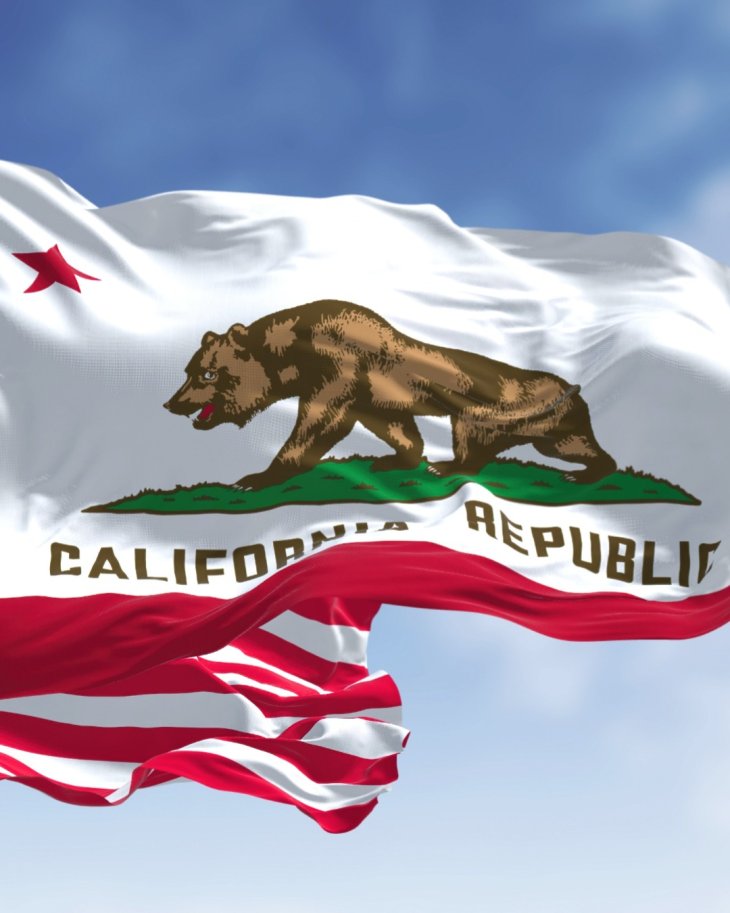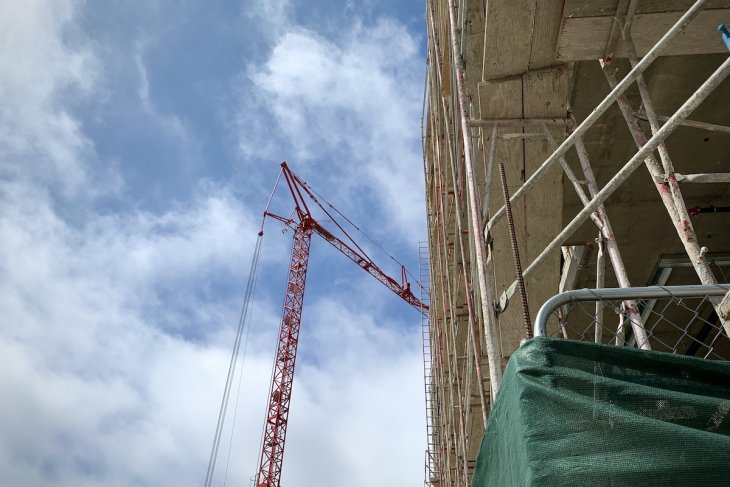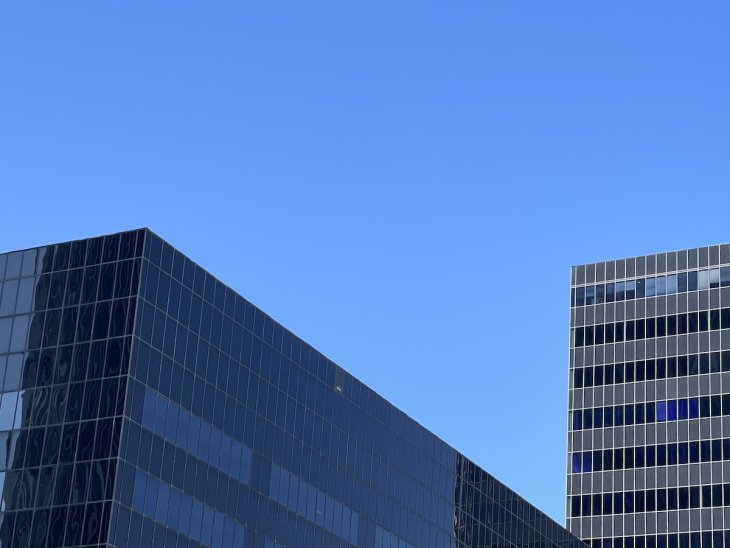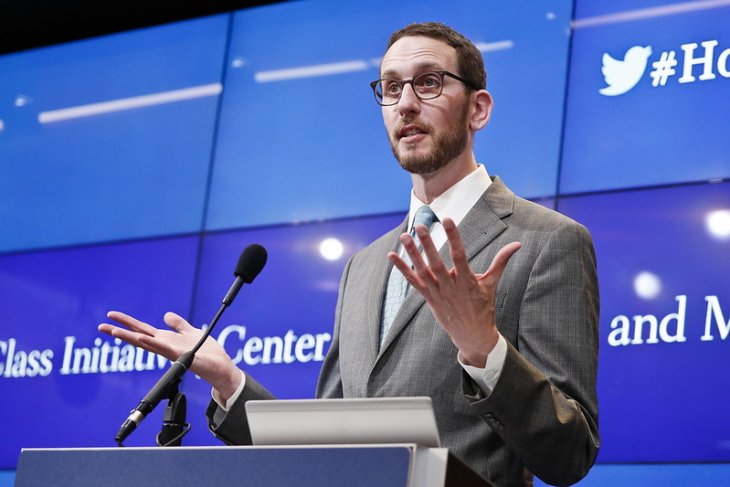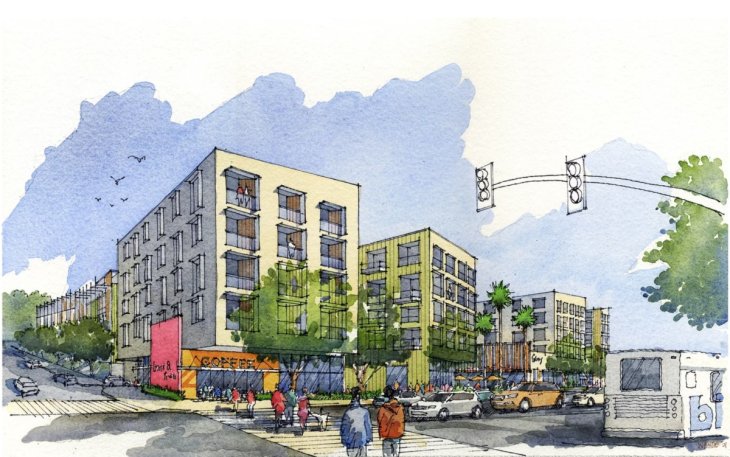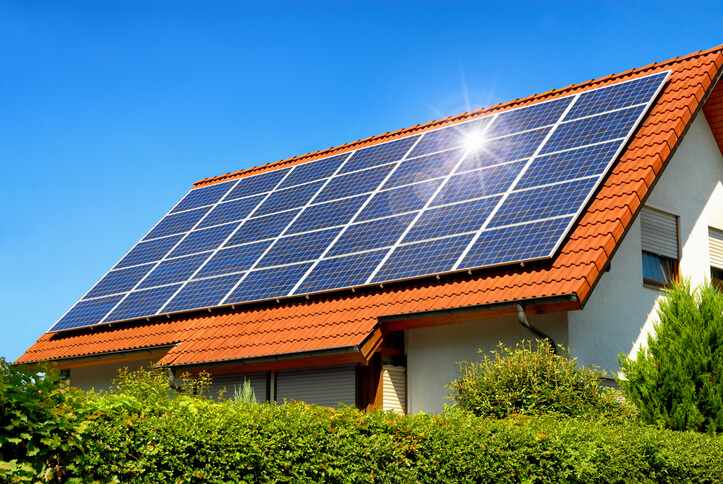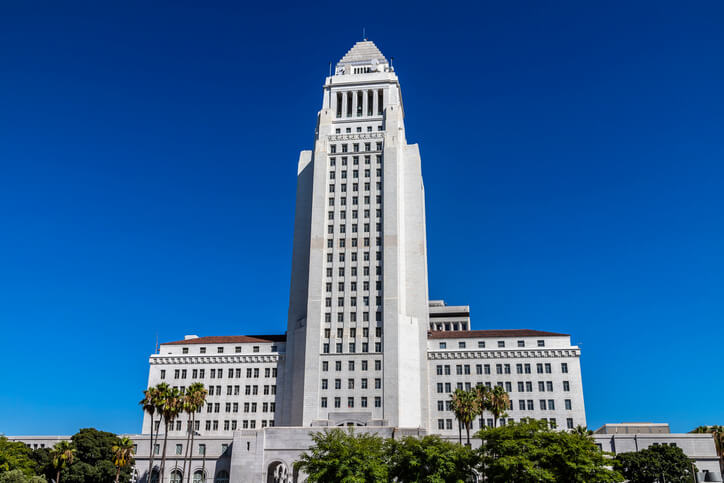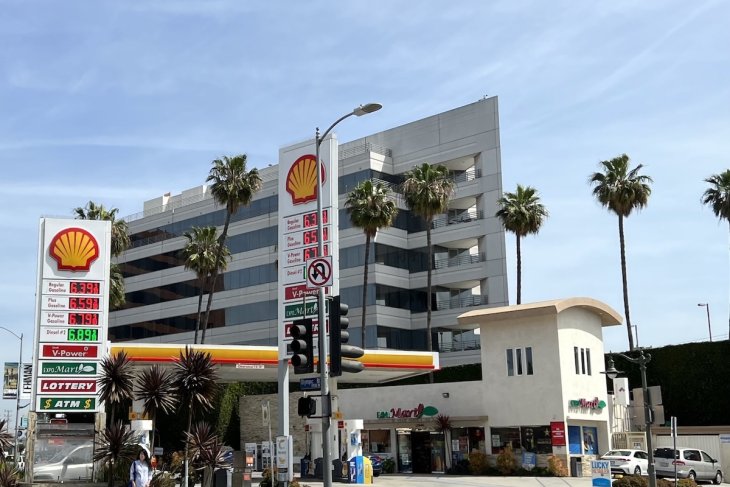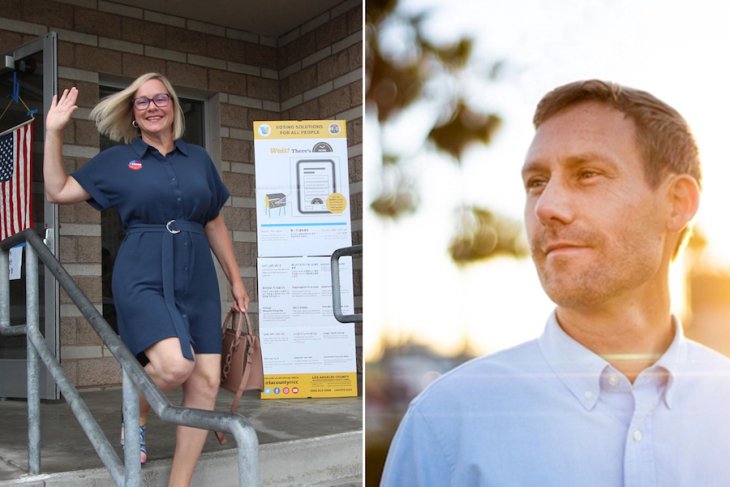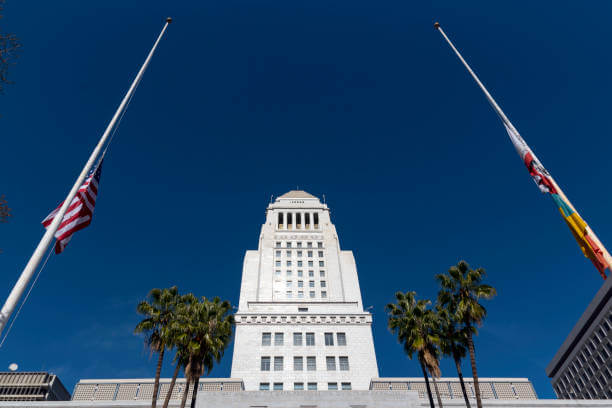
The inevitable sea level rise in our area has prompted a number of groups and organizations to look at possible solutions and mitigation measures. As the Los Angeles Times pointed out in recent articles, doing nothing will cause our beaches to erode away and our beachside cities to be flooded, all with severe physical and economic consequences.
The State and a number of cities and groups have begun organizing to deal with the looming threat of coastal flooding. The State of California now has a very informative resource website (linked at the bottom of this article). Our own city has prepared an initial set of “Adaptive Management” goals related to sea-level rise in its Climate Action and Adaptation Plan from May, 2019. It has also prepared a hair-raising assessment of financial costs related to sea level rise that is worth close examination. It seems, however, that many of the proposals listed in Santa Monica’s action plan remain mired in inaction. Of the five major recommendations listed in the plan, besides the financial assessment, only one–Beach Nourishment & Dune Creation–has been started, and that with the leadership of The Bay Foundation, a non-profit group that helped create a beach restoration pilot project near the Annenberg about four years before it was included in the city’s Climate Action and Adaptation Plan.
There appears to have been little or no action on the remaining proposals in the plan. The city’s plan points to guidelines and standards for flood-proofing infrastructure and buildings, and it also lays out a program to bolster the Pier’s structural strength to resist the increasing impact of waves due to the rise in sea level.
To date, there have been no specific guidelines for flood-proofing infrastructure, and the Pier’s structural strengthening program appears to be AWOL. It has been two years since these proposals were made; we’ve seen no concrete plan to manage the vulnerable shoreline areas, as called-for in the plan. And perhaps the hazard map schedule should be updated too, to keep its five-year update schedule alive. The Climate Action and Adaptation Plan is one important item. Another–related but separate– is the city’s Local Coastal Plan, a more comprehensive plan for the coastal area which requires approval by the State’s Coastal Commission. The city’s draft Local Coastal Plan includes many items that overlap the climate plan, but in greater detail. For example, the chapter on Sea Level Rise includes hazard maps, hazards analyses for new projects, policies for rebuilding the beach bike path in case of damage, and many other detailed proposals.
The City Council approved the draft Local Coastal Plan in 2018. Certification was expected in January 2020. Since then, the plan has disappeared behind the opaque doors of the Coastal Commission; its terms presumably being negotiated with city officials, and its fate (and approval) a mystery. Both the Local Coastal Plan and the Climate Action and Adaptation Plan appear to be stuck in limbo.
While officials linger and tarry, Mother Nature has her own schedule and other folks have started to react. Today, just north of Malibu, we can see Caltrans reinforcing the exposed edges of the Pacific Coast Highway just east of Sycamore Canyon Cove, in an area that is especially vulnerable to sea action. And near Malibu’s Westward Beach, the County has installed a 600-foot-long rock revetment to protect a portion of the beachside access road that collapsed, last August, after damage caused by high tides and surf. Notably, walls made of rocks and boulders are a band-aid solution that eventually leads to more destruction of sandy beaches. But these events shed light on the on-going effects of sea level rise in our area. These effects may not be easily visible until a dramatic event–such as a road collapse–draws attention.
Our colleague Mario Fonda-Bonardi, in a SMa.r.t. article published five years ago, warned of the combined effects of sea-level rise and storm surges or Tsunamis:
“Although a 1/8” rise per year now may sound trivial, the real punch comes when you add this to the typical 7’ tidal fluctuations plus the 7’ storm surge by periodic severe storms (in this case storms of such intensity they occur once every 50 years).
“If we combine the 100-year storm with only a 3’ projected sea level rise we lose the parking lot north of the pier and the lifeguard station headquarters, part of Muscle Beach, and about half the bike path north of the pier. Taking it a step further at a 6 ½’ sea level rise plus the 100-year storm, we would lose: large buildings along the boardwalk (the Sea Castle, Shutters, Casa del Mar), about half the buildings north of the Pier, all the bike path and bathrooms, plus virtually all the parking lots. Finally PCH would be cut at Channel Road. That level of damage is a serious blow to the tax base of the city and its tourist industry not to mention the temporary loss of PCH. It’s unclear in this scenario what would happen to the pier.” Is the Coastal Commission dragging its feet? The Commission may appear to be in little hurry to approve the city’s Local Coastal Plan. But that is not a reason to stop implementing the city’s own Climate Action and Adaptation Plan, on which it has expended a great deal of effort and resources. The Adaptation Plan is the result of much solid analysis. It is clearly written and has excellent graphics that would grace the library of any planner. It is a fine document and an attractively aspirational one too.
What is needed now, however, is actual execution. Mark Gold, the Director of the State’s Ocean Protection Council and Deputy Secretary for Oceans and Coastal Policy at the California Natural Resources Agency, recently said:
“…the rate of sea level rise has doubled in just the last 15 years and this rate will increase in the years to come. So it is time to take the threat of sea level rise, especially in conjunction with King Tides and large storms, extremely seriously. Sea level rise impacts on coastal residents, ports, roads and highways, wastewater treatment plants, airports, and railroads could be in the hundreds of billions of dollars if the seas rise by three feet or more by the end of the century: an outcome that has a high likelihood.”
In Santa Monica, as in other places along the coast, we are running out of time and we must not wait for some dramatic, destructive event to prompt real action. The city has a plan. It’s time to put it into action.
Daniel Jansenson, Architect, Building and Fire-Life-Safety Commission
Santa Monica Architects for a Responsible Tomorrow: Ron Goldman, Architect FAIA; Dan Jansenson, Architect, Building & Fire-Life Safety Commission; Robert H. Taylor, Architect AIA; Thane Roberts, Architect; Mario Fonda-Bonardi, Architect AIA, Planning Commission; Sam Tolkin, Architect; Marc Verville, CPA (inactive); Michael Jolly, AIRCRE
Sources:
Santa Monica draft Local Coastal Plan: https://tinyurl.com/26esf9js
Santa Monica Climate Action & Adaptation Plan: https://tinyurl.com/3k9zb25v
Santa Monica Sea Level Rise Assessment: https://tinyurl.com/2xnhst6v
Santa Monica Beach Restoration Pilot Project: https://tinyurl.com/46548pjj
State of California sea-level-rise web site: https://www.sealevelriseca.org
Mark Gold article: https://tinyurl.com/kk28b28y


